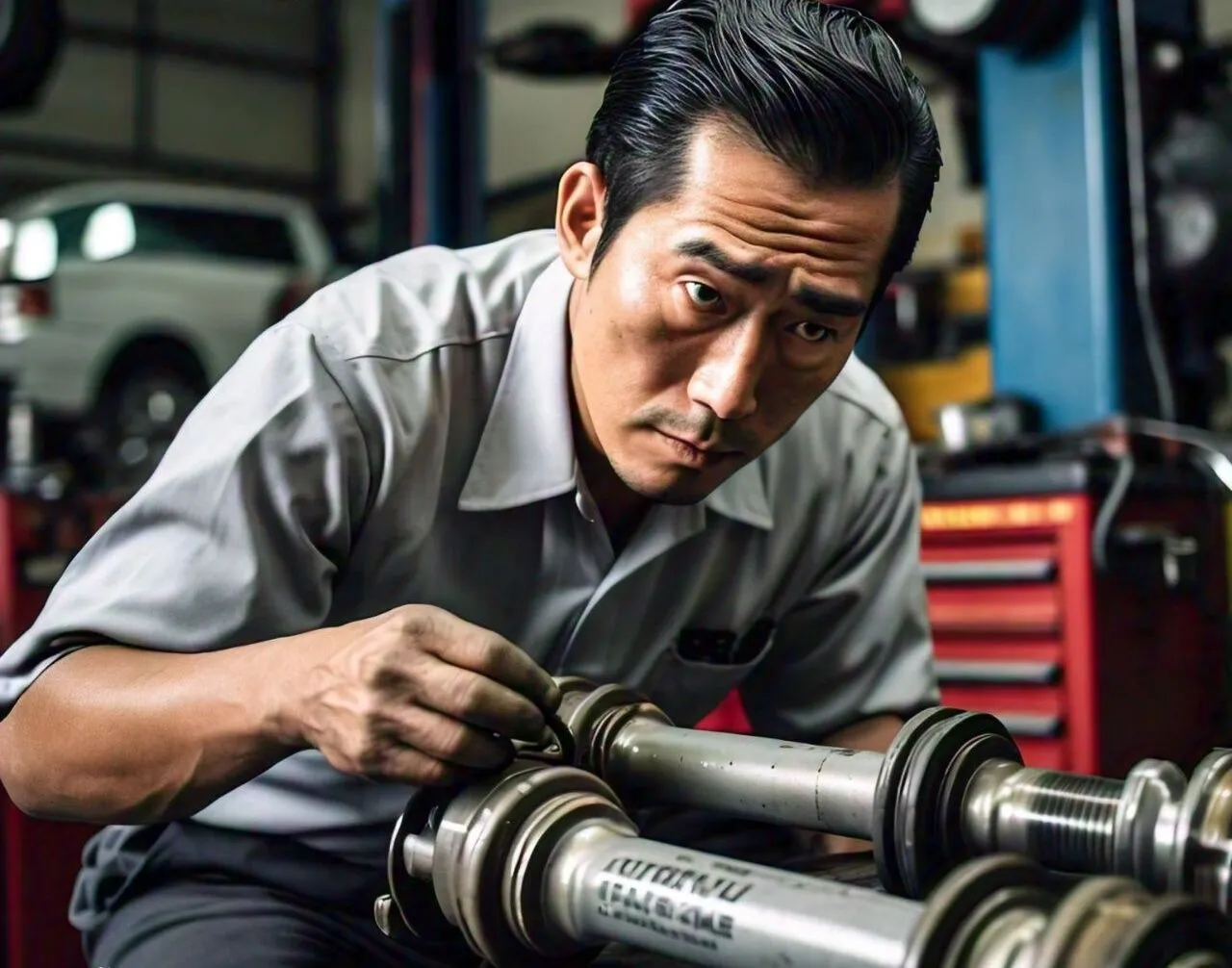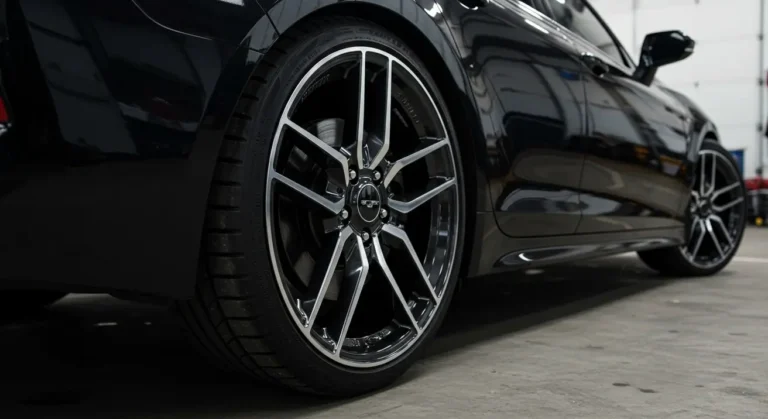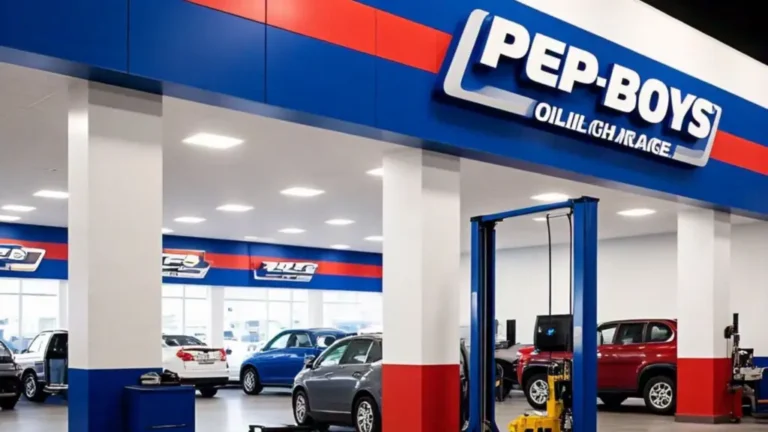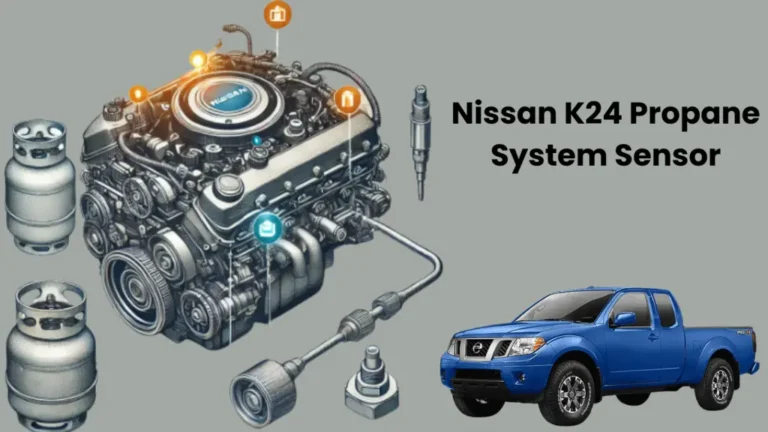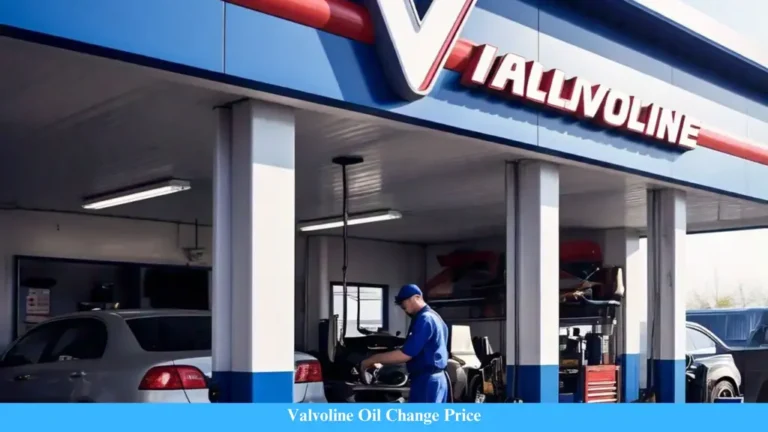How Many CV Axles Does a Car Have? 2024 Updat
A car typically has two CV (constant velocity) axles, one for each front wheel in most front-wheel-drive vehicles. These axles play a crucial role in transferring power from the engine to the wheels while allowing for smooth rotation during turns. In vehicles with all-wheel drive or four-wheel drive, there may be additional CV axles for the rear wheels. Understanding how many CV axles your car has and their function can help you better maintain your vehicle’s performance and longevity.
What is a CV Axle?
A CV (Constant Velocity) axle, also known as a half shaft, is a crucial part of a vehicle’s drivetrain. It is responsible for transferring power from the transmission to the wheels, enabling the car to move. The term “constant velocity” refers to the axle’s ability to transmit power smoothly through variable angles, ensuring that the wheels receive consistent power regardless of the vehicle’s movements. This is especially important during steering and suspension movements, where the angle between the transmission and the wheels can change.
Components of a CV Axle
A typical CV axle consists of:
- Shaft: The central part that connects the transmission to the wheel hub.
- CV Joints: These are located at both ends of the axle (inner and outer joints) and allow for flexible movement.
- Boots: Rubber coverings that protect the CV joints from dirt, moisture, and debris.
- Grease: Lubricates the CV joints, ensuring smooth operation and longevity.
Importance of CV Axles in Vehicle Performance
CV axles play a pivotal role in ensuring smooth power transmission and handling in your vehicle. They allow for flexible movement and stability during turns and varying road conditions, contributing to overall driving comfort and safety.
How Many CV Axles Does a Car Have?

The number of CV axles in a car depends on the type of drivetrain the vehicle uses:
- Front-Wheel Drive (FWD): In front-wheel-drive vehicles, there are typically two CV axles, one for each front wheel. These axles are crucial because they transfer power from the engine (located at the front) to the front wheels, which are responsible for propelling the vehicle.
- Rear-Wheel Drive (RWD): Rear-wheel-drive vehicles usually do not use CV axles in the traditional sense for the rear wheels. Instead, they use a driveshaft to transfer power from the engine to the rear differential, which then drives the rear wheels via solid axle shafts. However, if the vehicle has an independent rear suspension, it might have CV axles at the rear.
- All-Wheel Drive (AWD) and Four-Wheel Drive (4WD): AWD and 4WD vehicles are equipped with four CV axles—one for each wheel. These vehicles require additional axles to distribute power to all four wheels, ensuring optimal traction and control on various terrains.
Drivetrain Variations and CV Axle Configuration
Understanding how drivetrain types affect the number and placement of CV axles is crucial. Front-wheel drive vehicles typically have two CV axles, while all-wheel drive and four-wheel drive vehicles require four for optimal power distribution.
Importance of CV Axles
CV axles play a pivotal role in ensuring the smooth and efficient operation of a vehicle. Here are some key reasons why they are essential:
- Smooth Power Transfer: CV joints allow for seamless power transfer even when the wheels are turning or the suspension is moving. This ensures that the vehicle operates smoothly and efficiently, providing a comfortable driving experience.
- Handling and Stability: By allowing for flexible movement, CV axles contribute to better handling and stability. They ensure that power is delivered to the wheels consistently, which is crucial for maintaining control, especially during sharp turns and uneven road conditions.
- Durability and Reliability: Properly functioning CV axles are designed to withstand the stresses of driving, including impacts, bumps, and various angles of operation. This durability is essential for the long-term reliability of the vehicle.
Maintenance and Common Issues
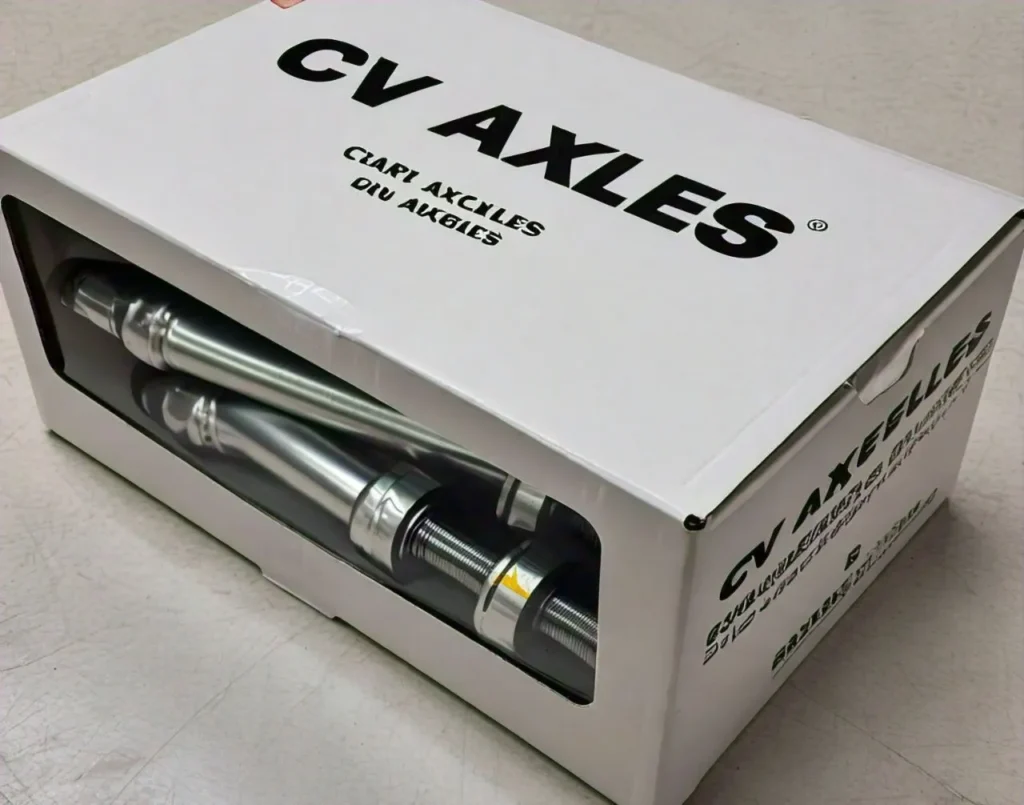
Like any component in a vehicle, CV axles can wear out over time. Common issues include:
- Torn Boots: The rubber boots that protect the CV joints can tear, allowing dirt and moisture to enter and damage the joints. Regular inspections can help detect and address this issue early.
- Joint Wear: Over time, the CV joints themselves can wear out, leading to a clicking noise during turns. This is a sign that the axle may need to be replaced.
- Vibration: A worn or damaged CV axle can cause vibrations while driving, especially at higher speeds. If you notice unusual vibrations, it’s crucial to have your vehicle inspected.
Handling CV Axle Breakage While Driving
In the event of a CV axle breaking while driving, it’s crucial to respond promptly. Loss of power transmission to the wheels can affect vehicle control, necessitating immediate roadside assistance or towing to prevent further damage.
Conclusion
In summary, the number of CV axles in a car depends on its drivetrain configuration. Front-wheel-drive vehicles typically have two, while all-wheel-drive and four-wheel-drive vehicles have four. Understanding the role and importance of CV axles can help you maintain your vehicle better and address issues promptly. Regular maintenance and inspections are key to ensuring that your CV axles remain in good condition, providing you with a smooth and safe driving experience.
FAQs on CV Axles
Should I replace one or both CV axles?
If one CV axle is failing, it’s often recommended to inspect the other for wear and replace both if necessary to ensure balanced performance and prevent future issues.
How many CV axles does a vehicle have?
The number of CV axles varies by drivetrain: two for front-wheel drive, four for all-wheel drive or four-wheel drive, and none traditionally for rear-wheel drive with solid rear axles.
Does a car have 2 CV axles?
Yes, front-wheel-drive vehicles typically have two CV axles, one for each front wheel.
Can I drive with only 1 CV axle?
No, driving with only one functional CV axle in a front-wheel-drive or all-wheel-drive vehicle is not possible as it would disrupt the transmission of power to the wheels.
What are the symptoms of a failing CV axle?
Common symptoms include clicking noises during turns, vibrations while driving, and grease leaking from torn CV boots.
What happens if a CV axle breaks while driving?
If a CV axle breaks while driving, you may lose control of the vehicle due to loss of power transmission to the wheels, making it unsafe to drive.
